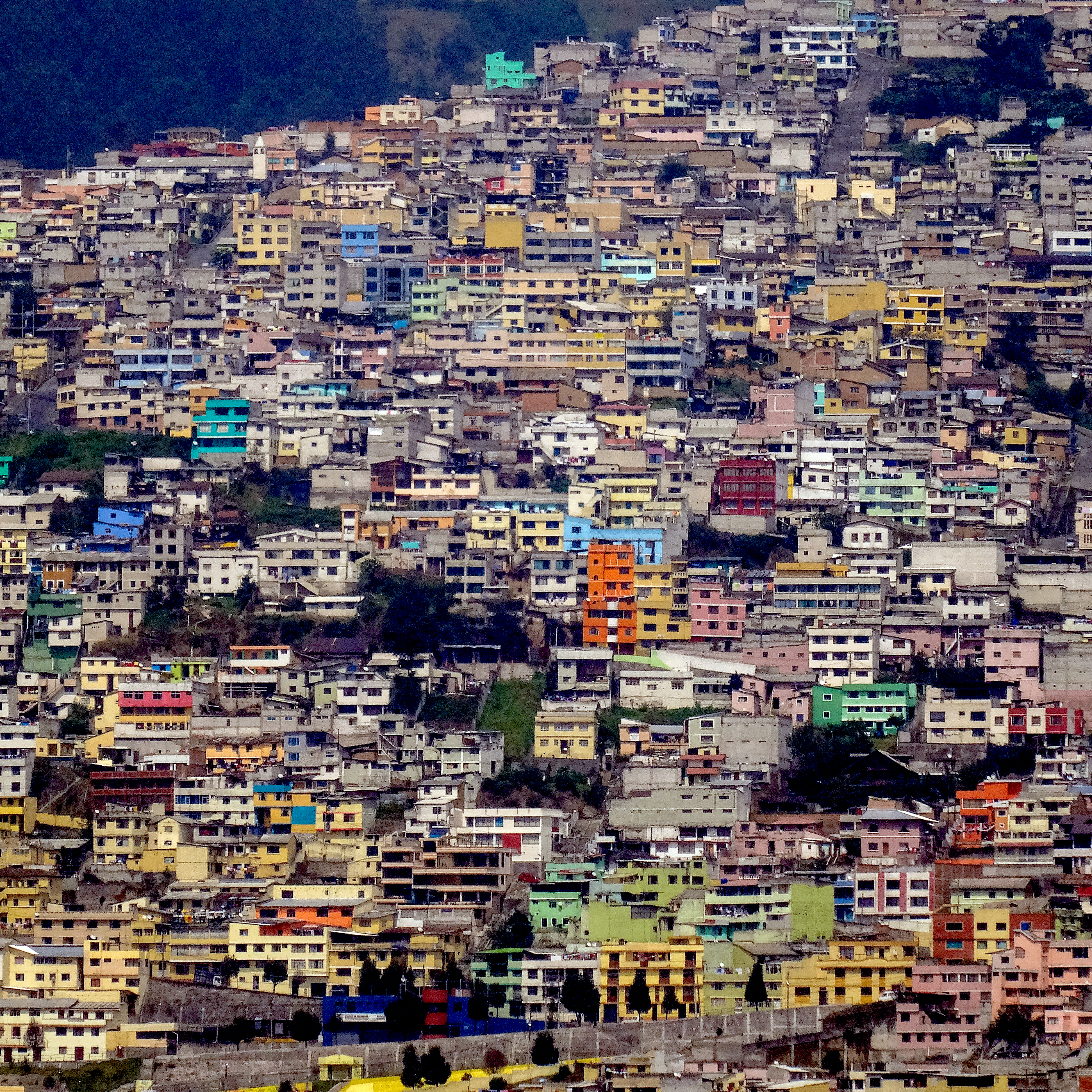Houses on a hill in Quito, Ecuador
Copyright© Babak Fakhamzadeh, via flickr, CC BY-NC 2.0
Social situation Widespread poverty and threats to internal security
The current Human Development Index (HDI) ranks Ecuador 88th out of the 193 countries assessed. More than half of the workforce is employed in the informal sector and these workers lack adequate social protection. Substantial investment is needed in the health and education sectors, but the budget crisis and a high level of public debt mean that sufficient funding is not available.
In addition, communities are dealing with increased criminality and a tense security situation. Ecuador has developed into a major regional hub for narcotics. Violent clashes between various organised criminal groups and between drug gangs and national security forces are occurring more and more frequently.
As at: 18/08/2025
